
Guinobatan, officially the Municipality of Guinobatan, is a 1st class municipality in the province of Albay, Philippines. According to the 2015 census, it has a population of 82,361 people.

Claveria, officially the Municipality of Claveria, is a 3rd class municipality in the province of Masbate, Philippines. According to the 2015 census, it has a population of 43,693 people.

Oas, officially the Municipality of Oas, is a 1st class municipality in the province of Albay, Philippines. According to the 2015 census, it has a population of 67,960 people.
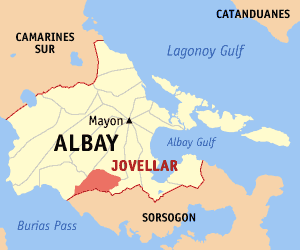
Jovellar, officially the Municipality of Jovellar, is a 4th class municipality in the province of Albay, Philippines. According to the 2015 census, it has a population of 17,308 people.

Bacacay, officially the Municipality of Bacacay, is a 2nd class municipality in the province of Albay, Philippines. According to the 2015 census, it has a population of 68,906 people. Bacacay is primarily an agricultural town and abundant in seafood.

Camalig, officially the Municipality of Camalig, is a 1st class municipality in the province of Albay, Philippines. According to the 2015 census, it had a population of 66,904 people. It is known for one of Bicol's finest delicacy, Pinangat.

Daraga, officially the Municipality of Daraga, is a 1st class municipality in the province of Albay, Philippines. According to the 2015 census, it has a population of 126,595 people.

Malilipot, officially the Municipality of Malilipot, is a 4th class municipality in the province of Albay, Philippines. According to the 2015 census, it has a population of 37,785 people.
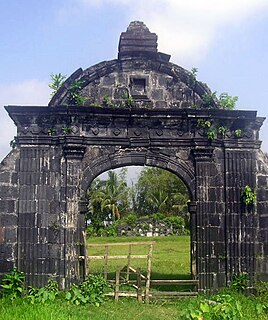
Malinao, officially the Municipality of Malinao, is a 3rd class municipality in the province of Albay, Philippines. According to the 2015 census, it has a population of 45,301 people.

Manito, officially the Municipality of Manito, is a 4th class municipality in the province of Albay, Philippines. According to the 2015 census, it has a population of 24,707 people.

Santo Domingo, officially the Municipality of Santo Domingo,, is a 4th class municipality in the province of Albay, Philippines. According to the 2015 census, it has a population of 34,967 people.

Tiwi, officially the Municipality of Tiwi is a 1st class municipality in the Province of Albay, Philippines. According to the 2015 census, it has a population of 53,120 people.

Ligao, officially the City of Ligao, is a 4th class component city in the province of Albay, Philippines. According to the 2015 census, it has a population of 111,399 people. Most of the city's economy came from agriculture sector.

Juban, officially the Municipality of Juban, is a 4th class municipality in the province of Sorsogon, Philippines. According to the 2015 census, it has a population of 32,320 people.

Santa Magdalena, officially the Municipality of Santa Magdalena, is a 5th class municipality in the province of Sorsogon, Philippines. According to the 2015 census, it has a population of 16,848 people.
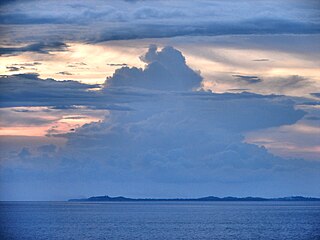
Balud, officially the Municipality of Balud, is a 4th class municipality in the province of Masbate, Philippines. According to the 2015 census, it has a population of 38,124 people.

Dimasalang, officially the Municipality of Dimasalang, is a 4th class municipality in the province of Masbate, Philippines. According to the 2015 census, it has a population of 26,192 people.

Mobo, officially the Municipality of Mobo, is a 4th class municipality in the province of Masbate, Philippines. According to the 2015 census, it has a population of 38,813 people.
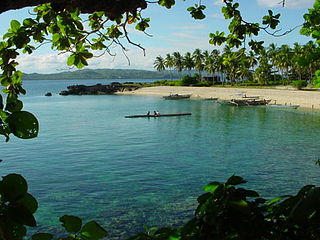
Pio V. Corpuz, officially the Municipality of Pio V. Corpuz, is a 4th class municipality in the province of Masbate, Philippines. According to the 2015 census, it has a population of 23,236 people.
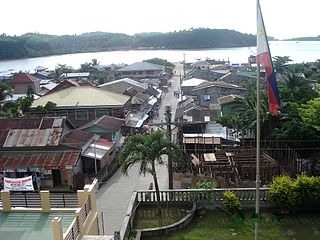
San Pascual, officially the Municipality of San Pascual, is a 3rd class municipality in the province of Masbate, Philippines. According to the 2015 census, it has a population of 46,674 people.























